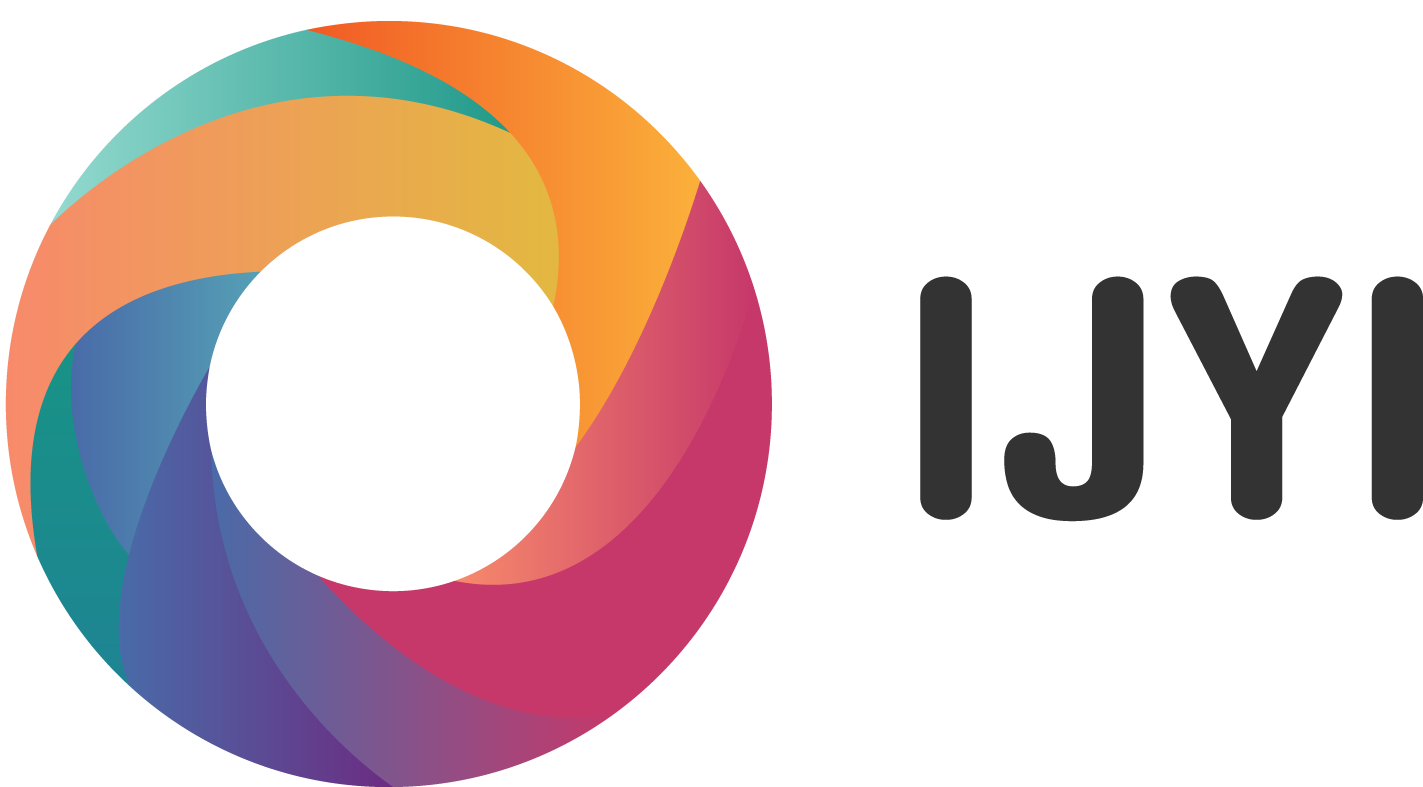When we play games, and gain something for our efforts, we feel great. We get that sense of achievement – and if we’ve done it once, we’ll believe we can do it again to win even more. We are naturally drawn towards games – for both the fun of playing and the glory of winning. They engage, involve and influence us through their playful nature.
Gamification has become something of a buzzword in the software industry. It’s the addition of game-like features or objectives into an experience that otherwise would not be categorised as a game. It turns the dreary and tedious tasks of day-to-day life into fun challenges we want to overcome to prove ourselves to the system and our peers.
So how do we do it? We’ve all played games, whether they be board games, computer games or party games, they all have things in common which will help us on the road to gamifying our products.
Set your Gamification Goals
A game traditionally has an objective – something that must be accomplished in order to win. In the video game world, this could be something like “Slay the Dragon” or “Collect 100 items”.
Taking a real-world piece of software, let’s say we’re developing a School’s E-Learning platform. A place where you’ll be more likely to find objectives like “Complete the Maths assessment.” Or “Finish the English assignment.” Definitely not as exciting as fighting dragons.
While these objectives may be dull, there’s plenty of things we can do to change that and encourage the users to complete the work they’ve been set.
Reward your Efforts
We will be more likely to do things if there is a reward involved – this can be a powerful motivator when gamifying. If the user feels like they are being rewarded, they then may want to dedicate more of their time and effort to earn even more, increasing their engagement with your product.
In the case of the School E-Learning platform, you could create a points system, which rewards the student with points each time they complete a task they have been set. If gathering lots of points then offers further rewards, they will be more engaged to complete their work.
The important thing to consider with this reward system though is limitation, how to stop the students from submitting anything just to clock up the points. For example, let’s say the teacher sets the class a maths assignment quiz for their homework. It’s a short course within the e-learning platform that has 10 multiple choice questions.
If we rewarded 100 points on the quiz’s completion, regardless of the score, it’s going to be very easy for a student to just rush through the quiz to gain their points, not caring about how they did. A better idea would be to reward 10 points for every correct answer given – so that the maximum amount of points gained is 100, but in order to gain the top score, students will have to think carefully about their answers and take their time.
Another nice addition might be bonus points if the user does get ten out of ten, and extra if they complete the assignment a set number of days before the due-in date. This then encourages the users to do well and complete their homework in good time, rather than rushing it on the night before in panic. Ultimately, rewards should be used to drive the behaviour you want to see.
Bring on the Competition
To keep your platform interesting to users, you need to give them an appropriate level of challenge. One way you can do this is to add a bit of healthy competition – show them how their peers are doing at the same practices.
For the E-Learning platform, a leader board could show which students have gained the most points from the latest assignment or have the highest point total overall. Friendly competition like this can help to encourage users to work hard at the tasks they are given so that they gain the maximum amount of points from it.
But like the reward giving, you must consider limitations to stop the competition from having a negative effect on your users. It would be advised to not show every single student in the leader board – to avoid the users in last place being highlighted for adverse reasons. Showing only the top 20 percent of users with the highest scores would be a better idea. It then encourages users to strive to do well enough so that they appear in the top percentage of their class.
In Conclusion
Gamification has the potential to make our everyday undertakings more engaging and rewarding – it turns an otherwise dull maths assignment into an opportunity for us to flex our knowledge and prove, to ourselves and our peers, what we can do. If we find something enjoyable, we’ll be more inclined to do it again – and by gamifying the tedious tasks, we become much less reluctant, and far more motivated to do them.
If you want to increase user engagement with your platform, be it an online shop, e-learning platform, forum, or anything with a wide audience of users, then introducing some gamification could be just what you need.





About the author
IJYI Ltd
IJYI Ltd.